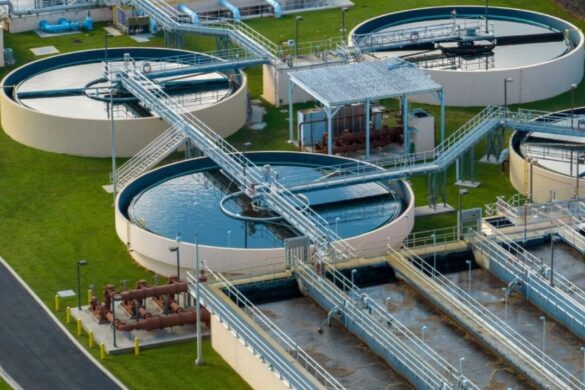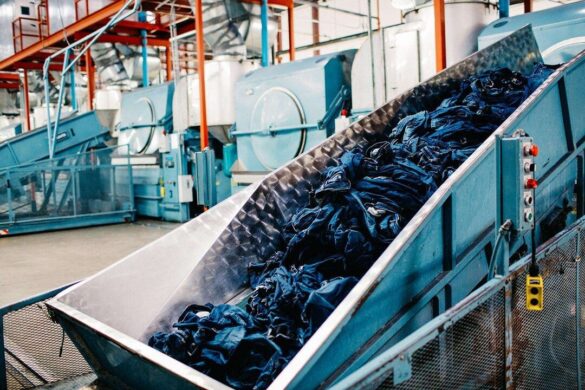Government Notifies Environment Protection Rules as India’s Emissions Decline
India tightens rules on polluted land as greenhouse gas emissions show a decline, Environment Ministry tells Parliament.
NFR, IIT Guwahati Roll Out Biodegradable Bedroll Bags on Trains
The Northeast Frontier Railway, in partnership with IIT-Guwahati, introduces compostable bedroll bags on trains to reduce plastic waste.
Temasek Trust Arm Leads $11.6M Round in Equatic to Boost Carbon Removal
Temasek Trust’s C3H backs Equatic’s seawater electrolysis to scale carbon removal and carbon-negative hydrogen production.
India Allocates Over $1.1B to Boost Sewage Treatment and River Pollution Control
India steps up river cleanup with major funding for sewage treatment and pollution control projects across states.
IIT Delhi Develops Method to Turn Denim Waste into Quality Knitted Garments
Indian researchers develop process to recycle denim waste into quality knitted garments, cutting environmental impact by up to 60 percent.
EU Plans Circular Economy Act to Cut Waste, Boost Economic Resilience
EU targets waste reduction and resource independence with sweeping circular economy reforms by 2026.
Plastic Pollution Costs $2.2T Annually, UN Pushes for Sustainable Substitutes
UN urges developing nations to adopt eco-friendly plastic substitutes in food, fishing and farming to curb pollution.
JSW Steel Boosts Net-Zero Push With India’s Largest Green Hydrogen Plant
JSW Steel accelerates sustainability goals with green hydrogen and waste recycling amid record operational and ESG performance.
Global Aluminum Shortage Looms as EV, Renewable Demand Rises: McKinsey
Aluminum recycling overhaul needed to meet clean energy demand and close looming supply gap, McKinsey report warns.
US, Mexico Sign Agreement to End Tijuana River Sewage Crisis
US and Mexico pledge urgent action to stop cross-border sewage flows polluting San Diego’s beaches and waterways.
Subscribe
Error: Contact form not found.











